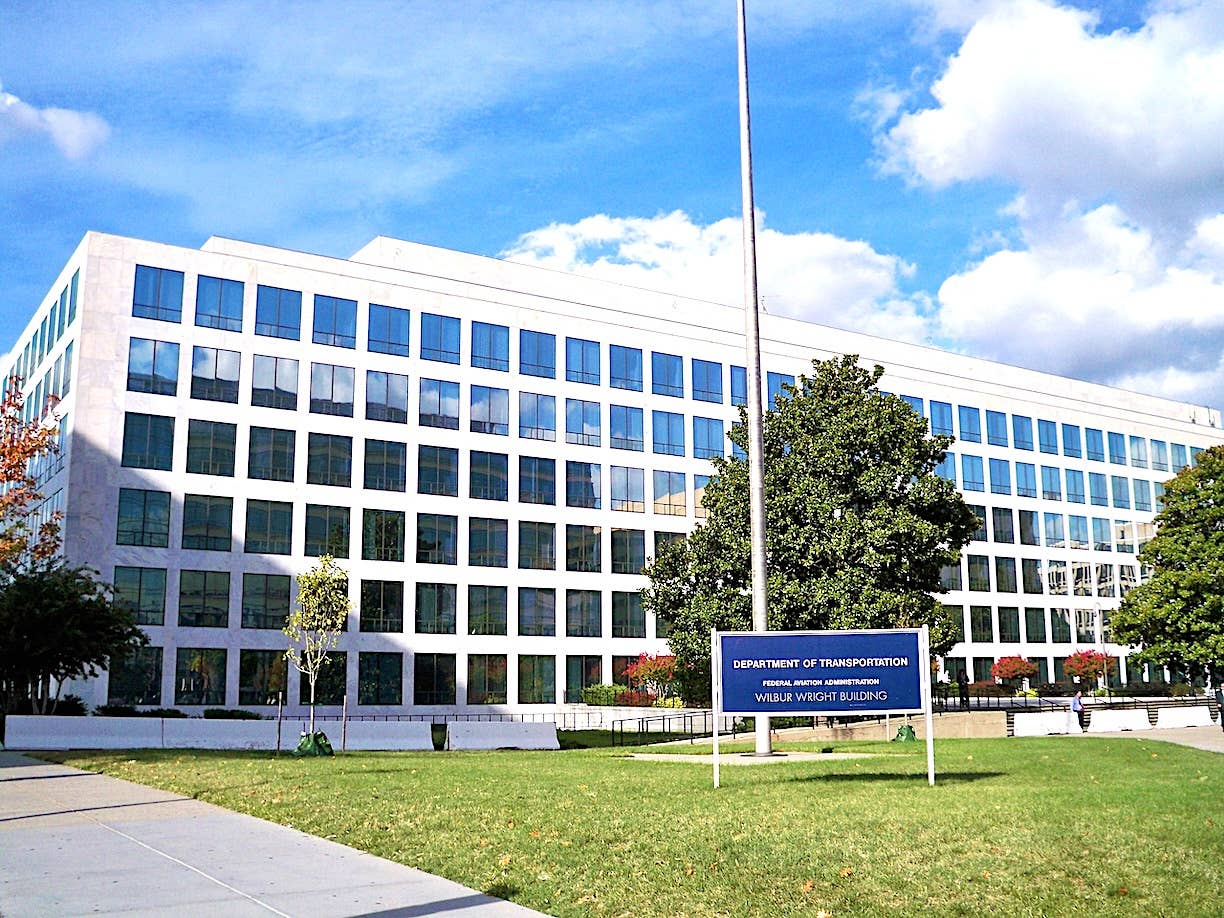Canada Puts The Brakes On 5G Cellular Networks Around Airports
Canadian authorities have led the way in protecting aviation navigation and communications networks from possible interference due to 5G wireless phone networks. Much to the consternation of cellphone aficionados, and…

Image: Ligado
Canadian authorities have led the way in protecting aviation navigation and communications networks from possible interference due to 5G wireless phone networks. Much to the consternation of cellphone aficionados, and especially 5G network providers in the country, the Canadian government has proposed restrictions on the high-speed cell service in the vicinity of large airports. The restrictions would consist of exclusion zones around runways, where 5G base stations would not be permitted. There would be additional lesser-protected areas where 5G services would be restricted.
As in the U.S., Canadian telecom firms acquired licenses over the summer for the use of spectrum frequencies that aviation stakeholders fear could compromise the accuracy of critical aviation signals. In the U.S., the Federal Communications Commission (FCC) auctioned the spectrum frequencies for some $81 billion. Virtually all aviation advocacy groups, aircraft manufacturers, and some telecommunications experts have asked the FAA to explore the safety risk before enabling the 5G frequencies.
Sean Elliott, vice president of advocacy and safety for the Experimental Aircraft Association (EAA), said, “The precedent set in Canada supports the arguments of the aviation community, and even governmental entities such as the Department of Defense, regarding the potential safety implications of 5G interference to aviation. We have been urging FAA to be more involved regarding this matter because of these very real safety concerns.”
According to EAA, the White House is getting involved. The FAA has scheduled a technical meeting involving aviation groups and a coalition of industry stakeholders. There will also be “high-level interagency meetings,” said EAA, throughout the government and with the Biden Administration in hopes of arriving at a unified government response to concerns over safety.






